The invention of dental implants has transformed modern dentistry since they can replace teeth that have been lost because of infections, severe decay, periodontal disease or trauma. Dental implants prevent bone loss, provide a better bite for eating, and make your smile appear full and natural.
Sometimes your dentist may recommend a bone graft for dental implants, depending on the condition of your jawbone and the materials needed for a bone graft.
Why You May Need a Bone Graft for Dental Implants?
Once you lose a tooth, the surrounding bone starts to resorb. This bone loss is most pronounced in the first three months. For a dental implant to be successful, there has to be enough bone remaining in the jaw to support the implant.
In a minimally invasive manner, a specialist can assess the condition of your jawbones and provide recommendations for a bone graft. There are three cases in which bone grafts may be necessary:
- Severe bone loss from untreated, advanced tooth loss
In progressive tooth loss and severe bone resorption, it may be necessary to undergo separate bone grafting surgery before placing dental implants. The two procedures in combination may span several months.
- Significant bone loss from losing teeth years ago
To fill in the gaps, you will need a more substantial bone graft with a small incision near the missing teeth and bone graft granules. Here, the dentist may use your own bone, typically from somewhere else in your mouth, like the mandible.
- The damaged tooth is still present
In some cases, there is sufficient bone to insert dental implants, but not quite enough to cover it on the sides. It is necessary in this instance to perform a minor grafting procedure at the same time as the dental implant surgery.
A bone graft adds strength to the tissue and increases the mass of the jawbone so the dental implant can settle comfortably. A thinner, weaker, and degraded jawbone presents a greater risk for dental implant failure.
Types of Bone Graft Materials
 It is essential to consider your budget, oral health, and preferences when choosing a bone graft material with your dentist.
It is essential to consider your budget, oral health, and preferences when choosing a bone graft material with your dentist.
Depending on the nature of the graft, your dentist will likely recommend which graft material they think is most suitable for you.
- Autograft
A bone graft using your own bone harvested from another part of your body, such as your chin or jaw, is called an autograft bone graft.
- Alloplast
By using synthetic material, an alloplastic graft promotes bone growth. Alloplastic grafts are commonly made from glass based on a naturally occurring bone mineral, making them healthy for patients and ideal for the regeneration of bone tissue.
Different Bone Graft Procedures
Based on the type of bone graft you receive, you may undergo one or more types of grafting operations.
- Ridge Preservation
A socket graft or ridge preservation is a procedure performed after tooth extraction. This procedure involves fixing or securing the socket left after the extraction and stimulating bone growth to accommodate a dental implant.
- Guided Bone Regeneration
Guided bone regeneration consists of inserting bone graft material into bony defects and covering them with a barrier membrane to recreate the alveolar ridge, regenerating bone growth in the area. The procedure allows dental implants to be placed in cases where they would otherwise not be possible.
- Block Bone Graft
If your jaw has suffered severe trauma, such as from an accident, a block bone graft may be necessary. This is a surgical procedure in which a piece of bone is removed from the mandible and attached to the defect site.
- Sinus Lift
There may be insufficient room in your upper jaw to insert your dental implants if the upper part of your jaw is drooping or short. Bone is added to the area between the jaw and the sinuses on either side of the nose by raising the sinus membrane and deepening the sinus floor.
What to Do After Your Bone Graft Procedure?
Following your bone graft procedure, your dentist provides you post-op instructions. During this period, you shouldn’t experience any discomfort, but it is important to know that it could take several months for your bone graft to heal and develop new bone in your jawbone.
At first, you will need to take it easy with a soft diet and moderate activity to avoid damaging the graft area and promote recovery. Don’t forget to brush and floss your teeth around the graft area. Your dentist will decide when you are ready for dental implants based on your progress.
Find Out If a Bone Graft for Dental Implants is Right for You
At Toothsome, our dentists are skilled and experienced in bone graft for dental implants. We are dedicated to ensuring our patients feel at ease and understand what the procedures entail before receiving these treatments.
If you would like to learn more about if you need a bone graft for dental implants, call Toothsome on (02) 8203 8786 to schedule a free consultation and get the help you need to restore your beautiful smile, oral health and self-confidence.
Note: Any surgical or invasive procedure carries risks. Before proceeding, you should seek a second opinion from an appropriately qualified health practitioner.


